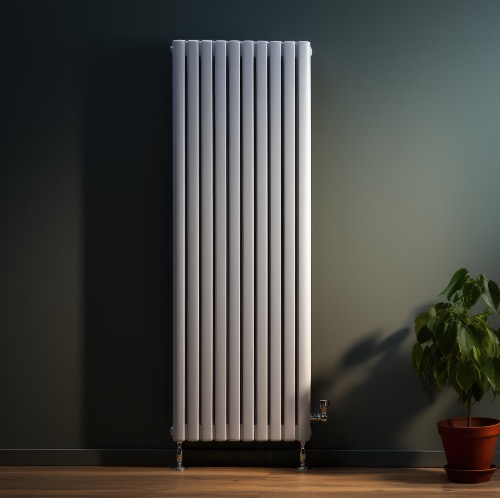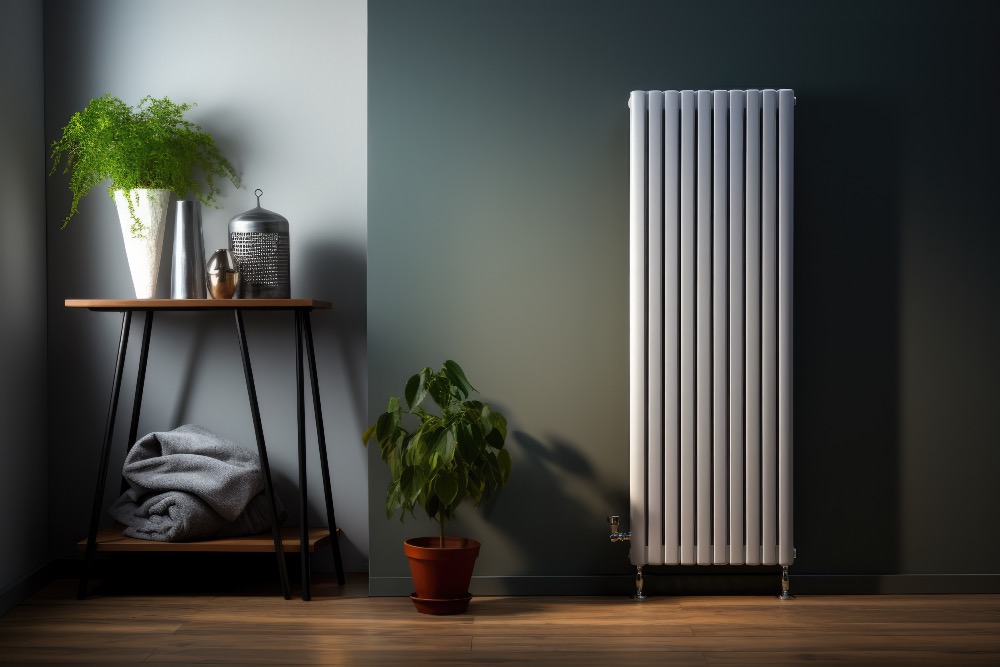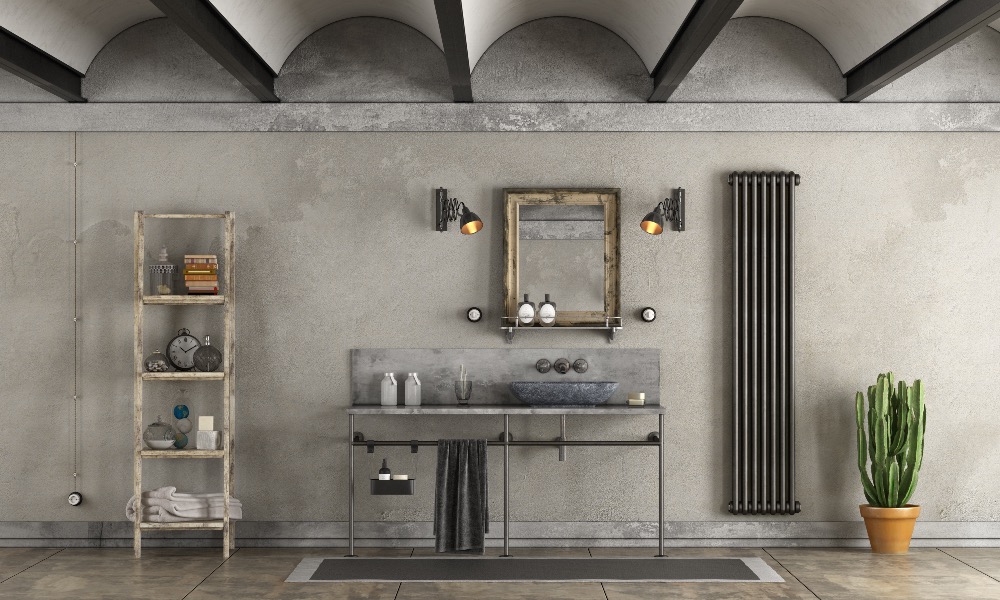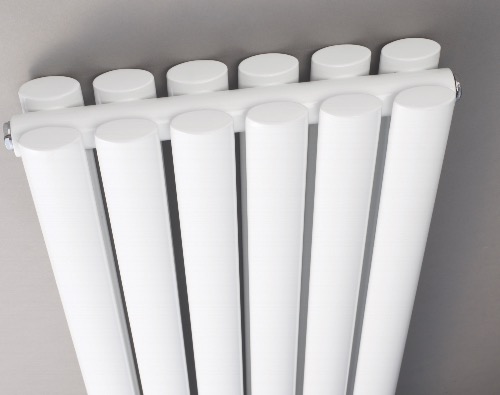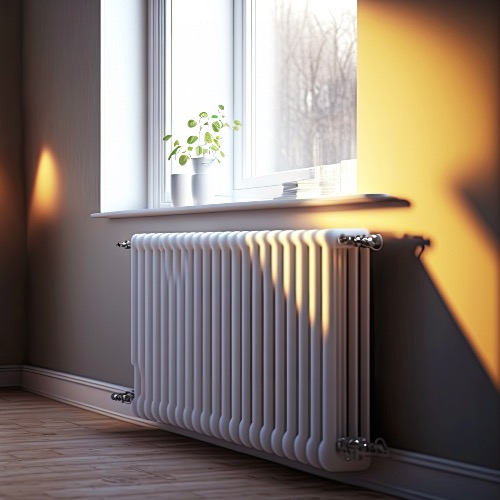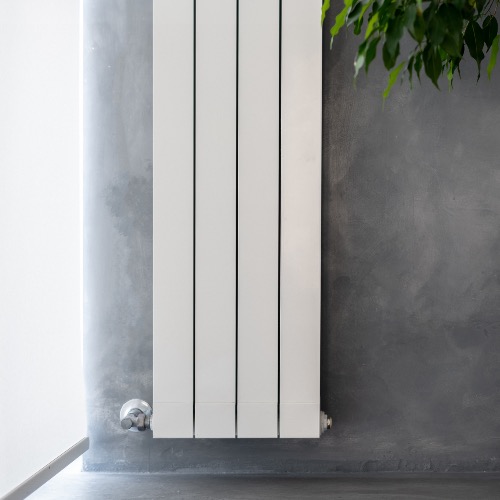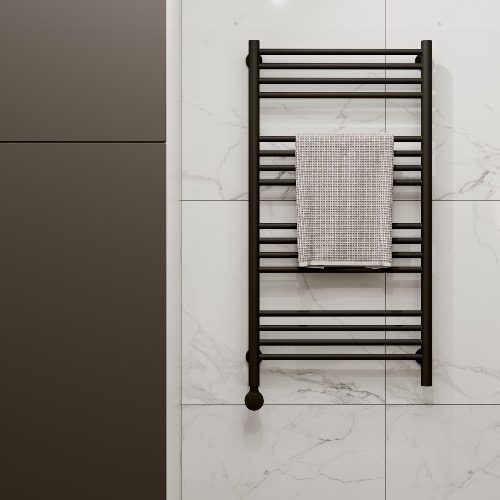Have you ever wondered, how does a radiator work? This common household item is a crucial part of many homes, providing warmth and comfort during the colder months. But how does it manage to heat up your home so efficiently? Let's delve into the fascinating world of radiators and learn how they work.
Understanding the Basics
A radiator is a type of heat exchanger designed to transfer thermal energy from one medium to another for the purpose of heating a space. In a typical home heating system, the radiator is connected to a central boiler that heats water. This hot water then circulates through your home, and through your radiators, transferring its heat to the metal of the pipework and radiators, and then to the air in the room.
The Role of Convection

While the term "radiator" might suggest that these devices primarily radiate heat, the truth is that they primarily work by being a cog in a process called convection. As the hot water heats the radiator, the air around the radiator also heats up. This hot air rises, and cooler air rushes in to replace it, creating a cycle of warm air circulating throughout the room. This process is incredibly efficient and is the primary way that radiators heat your home.
The Role of Radiator Valves
If you haven't already noticed, you need to know that your radiator has two valves. One of these is the flow valve, which controls the amount of hot water entering the radiator. The other is the return valve, which allows the cooled water to return to the boiler to be reheated. By adjusting these valves, you can control the amount of heat your radiator produces.
Typically the return valve will be left fully open. The flow valve can then be adjusted to allow you to adjust the temperature of your room. Better still, you could invest in some thermostatic radiator valves which will maintain a comfortable temperature in your room on your behalf.
Different Types of Radiators
There are several different types of radiators, each with its own advantages. For example, cast iron radiators are highly durable and retain heat well, making them an excellent choice for older homes. On the other hand, modern radiators are often made from lighter materials like aluminium or steel and come in a variety of stylish designs.
Radiators also come in different orientations; horizontal and vertical radiators. If you're wondering which radiator you need, then this is wholly dependent on the space available and the BTU required for your space.
Radiators at PlumbHQ
Here at PlumbHQ, we also stock a wide range of different coloured radiators including black radiators, white radiators and chrome radiators. Check out our different collections below:
Frequently asked questions
How does a radiator work in a house?
A radiator works by heating the air around it. This hot air then rises and is replaced by colder air. This cycle continues and creates a convection current, which keeps your entire room warm.
What are the 2 valves on a radiator?
The two valves on a radiator are the flow valve, which controls the amount of hot water entering the radiator, and the return valve, which allows the cooled water to return to the boiler.
Which side of the radiator is flow and return?
Typically, the flow valve is on the left side of the radiator, and the return valve is on the right side, but this can vary depending on the installation.
Do both valves on a radiator need to be open?
Yes, both valves need to be open for the radiator to work properly. However, you can adjust the flow valve to control the amount of heat the radiator produces.
Any more questions?
If you have any queries or questions about the products we sell, or even your next project, give us a shout! We'll try our best to give you a hand.
